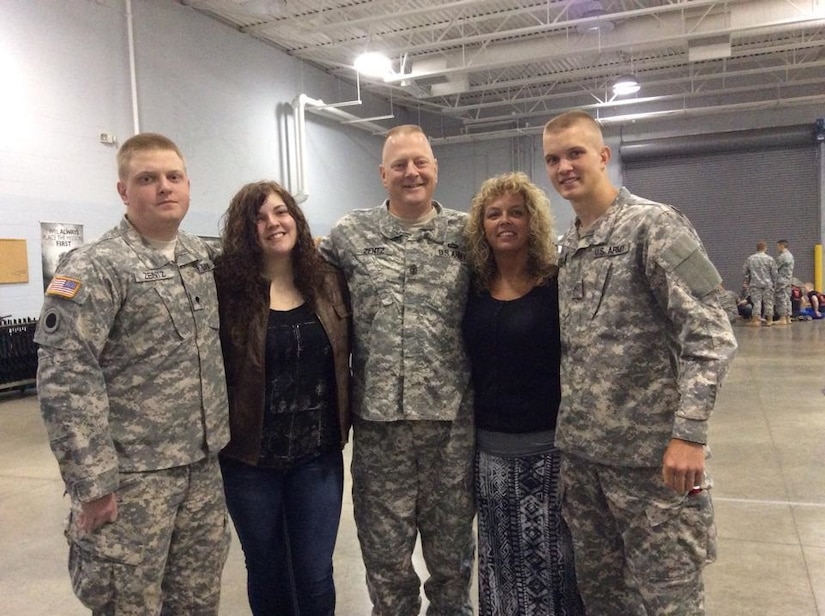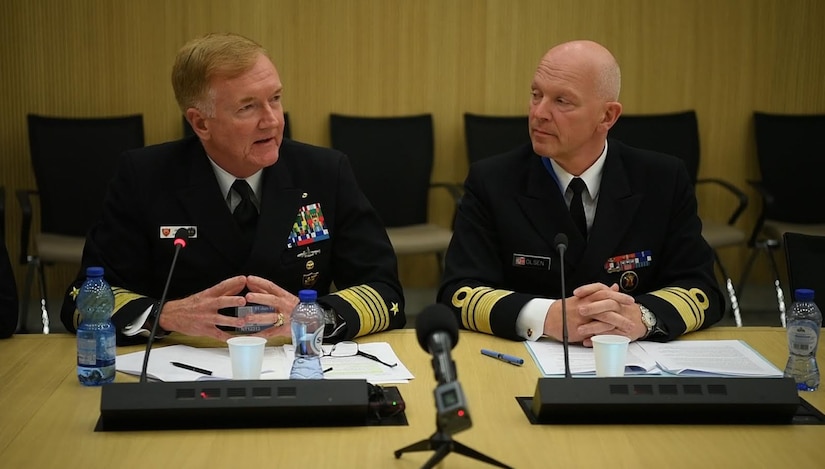By Stephanie Beougher, Ohio National Guard
COLUMBUS, Ohio -- Six times in the last 10 years, Sgt. Maj.
Jeff Zentz has deployed with his Ohio Army National Guard units. Zentz’s most
recent deployment ended just a few months ago when the 371st
With that many deployments on his service record and a wife
and three children, Zentz knows firsthand the challenges soldiers face when
they’re away from their families for an extended period.
“Staying connected to my wife and children is one of the
hardest parts of being deployed, especially as often as I have been over the
last 10 years,” he said. “Being gone for nine to 12 months is not like being
gone for a drill weekend or a two- to three-week annual training.”
Zentz credits his wife, April, for giving him the ability to
focus on taking care of his military business through the support she’s given
him during the six mobilizations and “holding down the fort back home.”
“During every deployment, I handled most of the issues at
the home level,” she said. “Even though things may have been difficult, I
always made sure I did not complain to Jeff. I knew he had a lot of important
responsibilities where he was, and I didn’t want to draw his attention away
from those.
“We have been married for 26 years now,” she continued, “and
working together with my husband and children throughout all of the deployments
has made us a very close family. I wouldn’t change anything.”
Serving Together
Zentz has served with both of his sons during two different
deployments. In 2012 he and his son Army Spc. Jordon Zentz were in Afghanistan
with the 1st Battalion, 148th Infantry Regiment, and last year he and Army Sgt.
Jaaron Zentz deployed with the 371st Sustainment Brigade. Jordon was deployed
with his unit at the same time last year and all three were able to get
together for a brief visit.
“When deployed with one of my sons, it is nice to have a
family member close,” he said. “The negative side is others tend to assume that
I insert myself into their business, which I do not. They may be my sons, but
they are not my soldiers. There is a very distinct difference.”
Jordon called the experience of being deployed with his dad
“interesting,” and Jaaron said it was “nice, as I was able to spend time with
him when we had free time.”
The military experience also has helped the Zentz family pay
for college tuition, including that of daughter Mikayla, who recently graduated
from Michigan State University.
Zentz is on active duty at Fort Knox, Kentucky, and is
scheduled to retire Nov. 30, 2019. With the support of his family, he said, he
has been able to support the Ohio National Guard’s federal mission to defend
the homeland and will be able to retire after a successful career as a
citizen-soldier.









